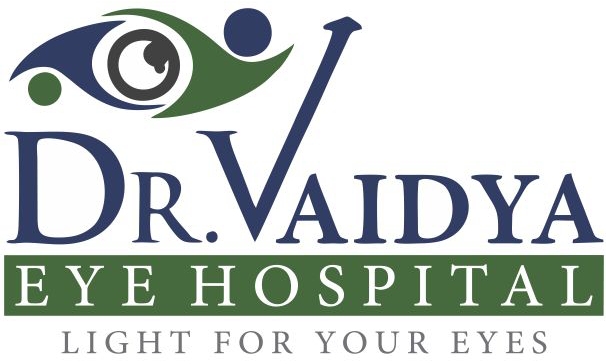As we get older, vision problems become more common. This is often due to cataracts, age-related macular degeneration, and a condition called Presbyopia.
Presbyopia occurs when the lens in our eye undergoes a thickening and loses its flexibility with age. As a result, it becomes more challenging to focus on nearby objects, resulting in blurred vision. Many individuals aged 45 and above encounter difficulties when reading small or fine print. In contrast, those between 18 and 30 typically find it easier to read fine details. Adults in the 45-and-older age group may find that text appears blurry and may rely on contextual clues such as the shape of letters and words for reading. Some even discover that reading without their distance glasses, zooming in on screens, or holding objects at arm’s length can make the reading experience more comfortable.
Signs and Symptoms of Presbyopia:
- Holding things further to read.
- Taking off-distance glasses to see up close.
- Zooming in while reading.
- Blurry vision at a regular reading distance.
- Eye strain and headaches after reading or close-up work.
- Night-time glare and difficulty driving.
Risk factors:
- You have a higher chance of developing presbyopia if you:
- Are over 40 years old.
- Have medical conditions like diabetes, which can lead to early presbyopia in those under 40.
- Take medications like antidepressants or antihistamines, as they can increase the risk of developing presbyopia.

Can you reverse presbyopia?
Presbyopia cannot be reversed. However, you can consider vision correction options recommended by your eye doctor. These options include special glasses, custom contact lenses, or laser vision correction.
Treatment
Ways to correct Presbyopia include:
Eyeglasses:
- Reading glasses with a “+” number for close-up work.
- Bifocals, which have two lenses: one for distance vision above and one for reading below.
- Trifocals have three lenses for close-up, middle-distance, and distance vision.
- Progressive multifocal with no visible lines, offering different powers for various distances.
Lens Replacement:
- Similar to cataract surgery, it involves exchanging the natural lens for an artificial one. Reading glasses may still be required, depending on your job and lens choice.
For vision correction
ICL (Implantable Collamer Lens):
ICL surgery involves the implantation of a collamer lens, which is a type of phakic intraocular lens, into the eye. This procedure is typically used to correct refractive errors such as myopia (nearsightedness), hyperopia (farsightedness), and astigmatism. Unlike traditional LASIK or PRK, ICL surgery does not involve reshaping the cornea. Instead, the collamer lens is inserted in addition to the eye’s natural lens. This lens provides an additional focusing power, allowing light to be correctly focused on the retina, resulting in improved vision.
ICL surgery is often chosen by individuals who may not be suitable candidates for other refractive procedures. The procedure is known for its rapid recovery time and the potential for enhancing vision with minimal side effects.
PRELEX (Presbyopic Lens Exchange):
PRELEX is a surgical procedure primarily designed to address presbyopia, an age-related vision condition. PRELEX is an elective procedure where the eye’s natural lens is replaced with a multifocal or accommodating intraocular lens (IOL). This artificial lens can provide both near and distance vision, reducing or even eliminating the need for reading glasses or bifocals.
PRELEX is available for individuals over the age of 40 years who want to maintain excellent vision for both close-up and distance tasks, making it a viable option for those who are looking for freedom from presbyopia-related visual challenges. PRELEX surgery has a dual advantage in that patients will not get cataract in future.
For Presbyopia treatment and Vision correction options including the latest PRELEX surgery contact Dr. Deepak Vaidya, a leading Ophthalmologist in Mumbai.
Contact us at 9004496621 for appointments.
Visit: Dr Vaidya Eye Hospital 202, 2nd Floor, Lotus Link Square, Andheri Link Rd, above Bank of Baroda, D.N. Nagar, Andheri West, Mumbai, Maharashtra 400058.
Also Read: Unlocking the Secrets to Sharp Vision: Your Ultimate Guide to When and How to Wear Reading Glasses

